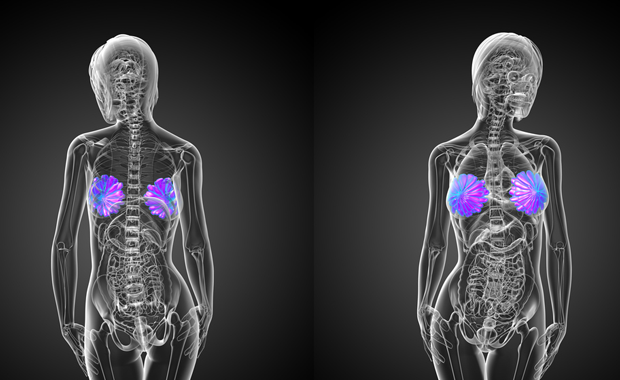North American Trial Seeks to Unveil the Benefits of 3D Mammography
Prevention and Treatment Find out about the benefits of this new form of 3D imaging.

While long-term outcomes using tomosynthesis (3D mammography) have not yet been established, a large multi-centre trial of 160,000 women — known as the Tomosynthesis Mammography Image Screening Trial (TMIST) — is currently underway across 90 sites in North America, including Vancouver, Toronto, and Ottawa.
Mediaplanet spoke to Dr. Jean Seely, Head of Breast Imaging in the Department of Medical Imaging at The Ottawa Hospital, and the Ottawa site’s Principal Investigator, to learn more about the study.
Mediaplanet: Can you tell us about the TMIST study?
Dr. Jean Seely: The study comprises five years of screening of asymptomatic women between the ages of 45 – 74, with eight-and-a-half years of follow-up. Because we want to see if using tomosynthesis actually reduces the incidence of life-threatening cancers, we have to do a long-term study and follow up to see the impact of the 3D mammography. Women will be divided randomly into two groups — with one receiving 2D mammography, and the other a combination of 2D and 3D mammography.
MP: What are you hoping to learn from the study?
JS: By putting the study into clinical practice, we’re hoping to determine if there has been an increase in the number of life-threatening cancers we’re detecting in the 3D arm. We’re also monitoring how well the technology is tolerated by the women. 3D imaging costs more money and takes more time, so we want to make sure it improves the quality of life for patients.
MP: Are there any other considerations?
JS: Yes, biology is very important. We want to see whether the types of cancers that are diagnosed are more likely to spread as opposed to the ones that are more indolent, so we’re looking at some of the issues of over-treatment and over-diagnosis as well.
MP: How has the newly formed Canadian Society for Breast Imaging helped with the study?
JS: As Chair, I’m really pleased to be a part of it because it’s the first Canadian society available to address education and provide information that’s trusted by patients and physicians.
